Mitre saws are a must-have for anyone who loves DIY projects or works in carpentry. These tools make precise cuts at different angles, making it easy to tackle tasks like framing, molding, or trim work. Whether you’re a weekend warrior or a professional, a good mitre saw can save you time and help you achieve clean, accurate results every time.
Mitre Saws
Achieve precise and effortless cuts for your woodworking projects with our high quality mitre saws
Product List
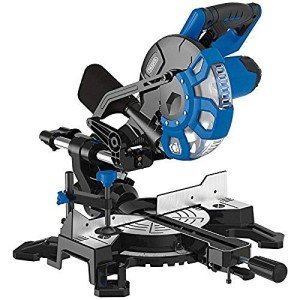
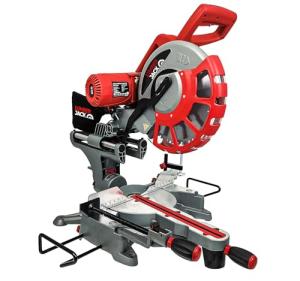
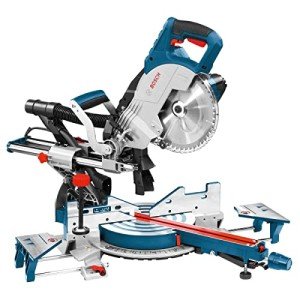
Bosch Single Bevel Mitre Saw
Bosch Professional
Product Review Score
4.97 out of 5 stars
174 reviews$462.66
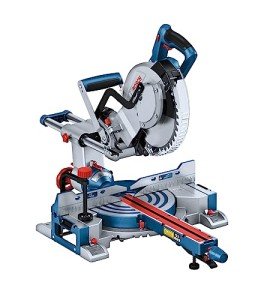
Bosch 18V Cordless Mitre Saw
Bosch Professional
Product Review Score
4.78 out of 5 stars
62 reviews$1,296.65
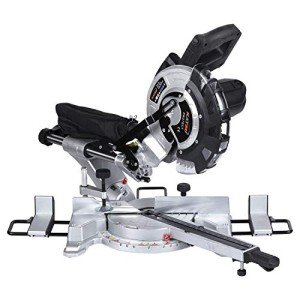
KATSU 10" Sliding Mitre Saw
Katsu Tools
Product Review Score
4.27 out of 5 stars
36 reviews$212.10 $205.47
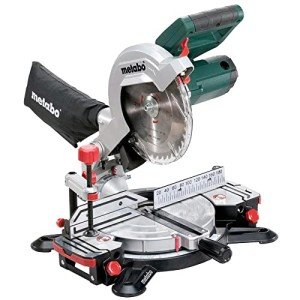
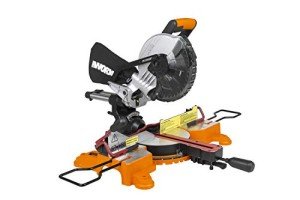
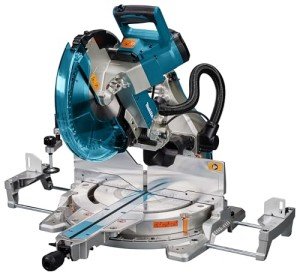
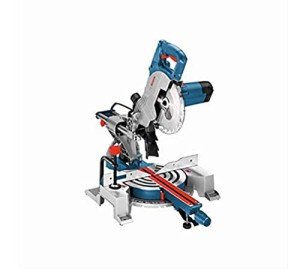
Bosch GCM 800SJ Mitre Saw
Bosch Professional
Product Review Score
4.53 out of 5 stars
97 reviews$507.77 $314.19
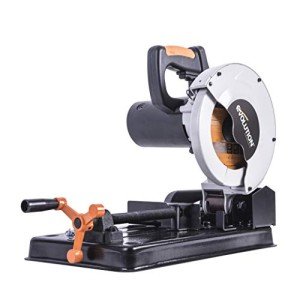
Evolution Rage 4 Chop Saw
Evolution
Product Review Score
4.41 out of 5 stars
136 reviews$185.59 $159.07
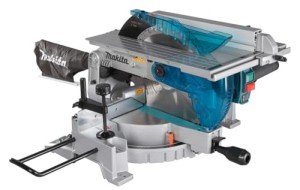
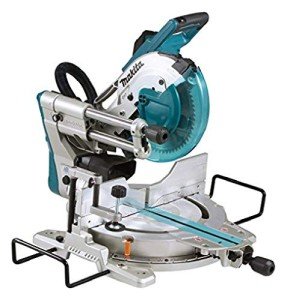
Mitre saws are indispensable tools for anyone involved in woodworking, carpentry, or construction. Their precision and versatility make them a favorite among professionals and DIY enthusiasts alike. In this blog post, we will delve deeply into the various aspects of mitre saws, including their types, components, benefits, and maintenance tips, as well as addressing some frequently asked questions to enhance the reader's understanding of this critical tool.
What is a Mitre Saw?
A mitre saw, sometimes referred to as a chop saw, is a power tool used to make accurate crosscuts and mitre cuts in a workpiece, typically wood. The saw consists of a blade that pivots over a stationary base, which allows for precise cutting angles. It is particularly useful for creating frames, molding, and other projects that require angled cuts.
Types of Mitre Saws
Mitre saws come in several varieties, each tailored for specific tasks. Below is a table summarizing the major types of mitre saws along with their unique features:
| Type of Mitre Saw | Description | Ideal Use Cases |
|---|---|---|
| Standard Mitre Saw | Basic type with a simple blade and pivoting arm. | Quick crosscuts and basic angle cuts. |
| Compound Mitre Saw | Offers tilting capabilities for more complex cuts. | Crown molding, framing, and other intricate angles. |
| Sliding Compound Mitre Saw | Includes a sliding mechanism allowing wider cuts. | Larger workpieces and intricate designs requiring extended cutting lengths. |
| Digital Mitre Saw | Incorporates digital technology for precise angle adjustments. | High-precision tasks where exact measurements are crucial. |
Key Features of Mitre Saws
When selecting a mitre saw, it’s essential to consider several key features that can affect performance:
- Blade Size: Common sizes include 10-inch and 12-inch blades. Larger blades can cut through thicker materials.
- Cutting Depth: This refers to how deep the saw can cut into a material. Higher quality saws offer more cutting depth which can be crucial for specific projects.
- Angle Adjustment: The ability to adjust cutting angles easily will maximize versatility, allowing for diverse applications.
- Laser Guide: Some mitre saws come with a laser guide that projects a line on the workpiece, aiding precision during cuts.
- Dust Collection: Effective dust collection systems help maintain a clean workspace and improve visibility during cutting.
Benefits of Using Mitre Saws
Mitre saws offer a host of benefits, making them a worthwhile investment for both amateurs and professionals. Here are some of the notable advantages:
- Precision Cuts: Mitre saws are engineered for accuracy, facilitating clean and precise cuts every time.
- Versatility: With various adjustments, mitre saws can cater to a wide array of projects, making them a multifaceted tool.
- Speed: They allow for quick setups and cuts, making them efficient for high-volume tasks.
- Ease of Use: Most models are user-friendly, with features designed to simplify the cutting process, even for beginners.
Maintenance of Mitre Saws
To ensure optimal performance and longevity of your mitre saw, regular maintenance is necessary. Here are some essential maintenance tips:
- Regular Cleaning: Remove sawdust and debris to prevent overheating and maintain visibility.
- Blade Inspection: Check the blade for wear and damage regularly. Replace dull or damaged blades for safe and efficient operation.
- Lubrication: Keep any moving parts lubricated to prevent rust and enhance performance.
- Check the Alignment: Regularly check the alignment of the blade with the fence to ensure precision.
- Store Properly: Safeguard your mitre saw from moisture and debris when not in use.
Frequently Asked Questions (FAQ)
1. Can I use a mitre saw for ripping lumber?
No, mitre saws are primarily designed for crosscuts and angled cuts, not for ripping lumber. For ripping, a table saw is more suitable.
2. What is the difference between a compound and a sliding compound mitre saw?
A compound mitre saw can tilt to create bevel cuts in addition to mitre cuts, while a sliding compound mitre saw features a sliding arm allowing for wider cuts and more extensive material capacity.
3. How do I choose the right blade for my mitre saw?
Consider the material you’ll be cutting (wood, metal, etc.), the thickness of the material, and the desired cut finish. For instance, use a finer tooth blade for smooth cuts and a coarser tooth blade for faster cuts.
4. How can I safely operate a mitre saw?
- Always wear protective gear like safety goggles.
- Ensure the workpiece is secure before cutting.
- Use both hands to operate the saw and maintain a steady stance.
- Never reach under the blade area while the saw is running.
5. Are there battery-operated mitre saws available?
Yes, there are battery-operated models available for increased portability and convenience, especially in outdoor and job site settings.
Mitre saws are vital tools in woodworking and carpentry, providing unmatched precision and versatility for any cutting task. By understanding the types, features, and maintenance of mitre saws, users can select the best tools for their projects and ensure they operate efficiently and safely.
As one navigates the world of power tools, a solid knowledge of mitre saws is essential for achieving quality craftsmanship and enhancing overall project outcomes. Whether involved in professional carpentry or embarking on a DIY home improvement assignment, a mitre saw can elevate the quality of work with its accuracy and efficiency.